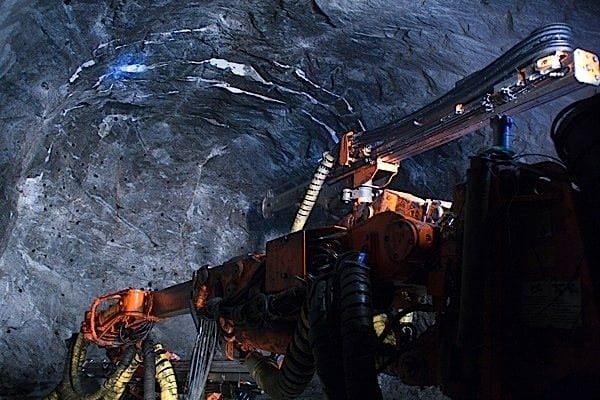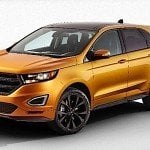Ontario has a mixed, though generally good record regarding the safety of its mines, which are inherently dangerous places to work. On the one hand, lost-time injuries in mining have declined; there were more than twice as many in 2004 than in 2013. However deaths related to occupational disease have not declined over the past several decades. The main hazard is the presence of airborne diesel particulate matter and silica dust. Working in enclosed areas underground increases the danger of exposure to such airborne hazards.
This information is contained in a new report by Ontario’s Chief Prevention Officer (CPO) for the Ministry of Labour. The report reviews occupational health and safety issues relating to underground mining. An advisory group of employer and labour industry representatives, health and safety organizations and affected families provided input in preparing the report. Twelve public sessions were held during the review process.
The most common cause of traumatic mining-related accidents, often resulting in death, is ground movement. The report found that one of the biggest problems facing Ontario’s mining industry is a serious lack of reliable data about ground movement caused by seismicity and rockbursting. While “most” seismically active underground mines in Ontario have monitoring systems in place to measure seismic activity and identify potential risks, “in general” the databases containing the results of this monitoring “are not always well maintained.” Ground movement control engineers are thus severely hampered in their ability to analyze the information. It limits, in short, their ability to reduce hazards, which is the purpose of the monitoring in the first place. “The mining sector needs dedicated resources to properly manage microseismic monitoring databases so the information can be organized, analyzed and interpreted accurately.”
The CPO’s report says that Ontario needs an organization similar to the Australian Centre fro Geomechanics, which provides oversight for its mining sector. Oversight should include coordinating research into methods for minimizing seismicity and rockbursting and working with mining companies to adopt new technology to mitigate the risks associated with rockbursting.
The use of new technology in mining operations was also found to be an area of concern. While change can make mining more efficient and less dangerous, change can itself present dangers when it is not communicated clearly “to those who need to know.” Effective communication includes “notifying and involving personnel” and keeping written documents, such as operating procedures and training modules, up to date.
In all, the report makes eighteen recommendations. The government has said it is accepting and acting on all eighteen of them. Recommendations with a direct effect on workers in underground mines include:
- Require employers in the mining sector to conduct risk assessments
- Enhance ground control protection by identifying key elements in the control of these hazards and requiring employers to maintain a record of significant seismic events in addition to incidents of ground instability
- Require employers to prepare a formal plan to manage hazards that cause occupational illness, including requirements for worker and supervisor training and communication
- Require all underground mines employers to have in place a formal water management program
- Specify that precautions be taken by employers to guard against the accumulation of water in bins, ore and waste passes and chutes
- Require all underground mines to have in place a formal traffic management plan
- Require mining companies to conduct risk assessments to establish Emergency Response Plans for exploration sites, new mines, surface mines and mining plants.


































